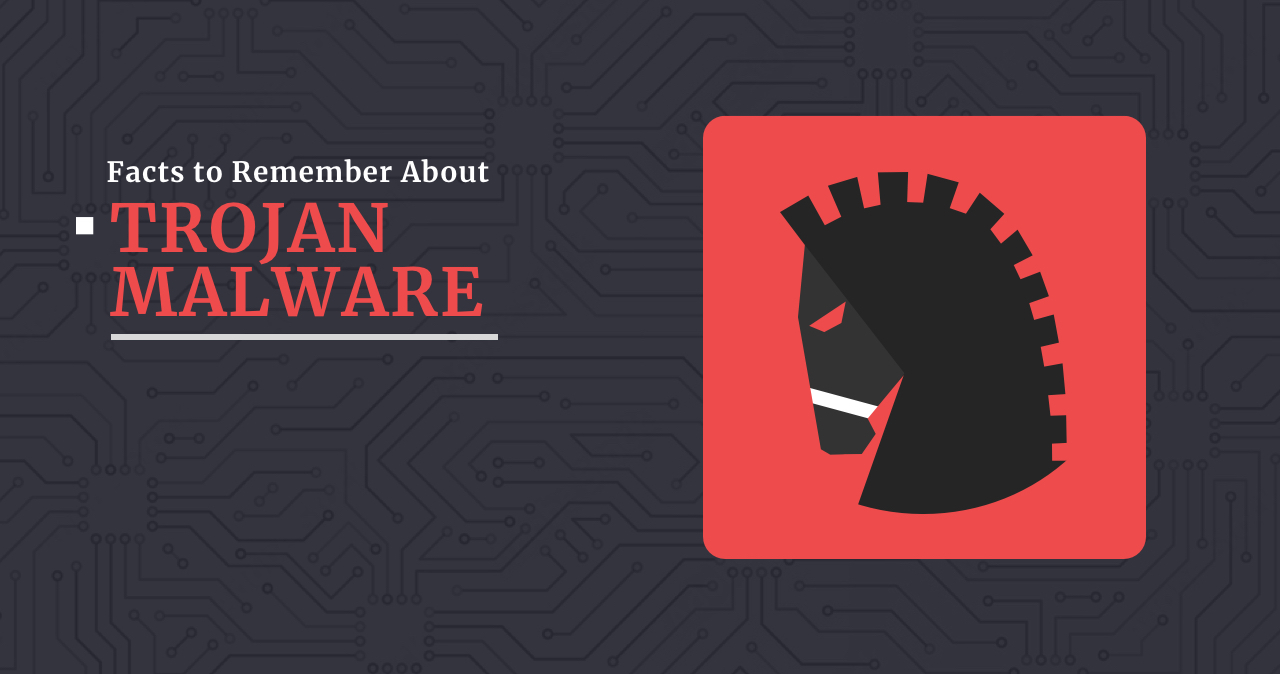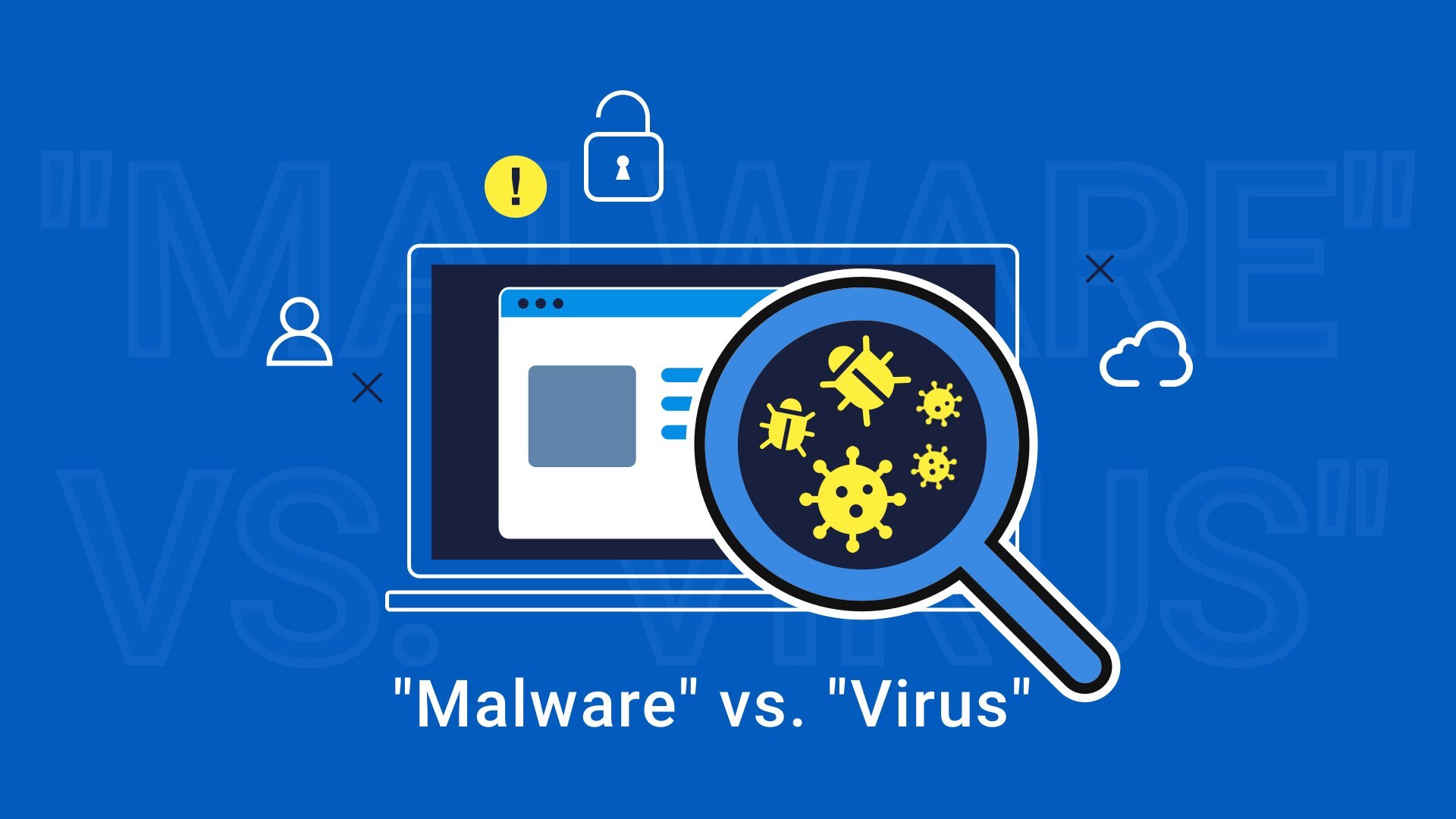In this article, we will consider one of the vilest, most unpleasant, seemingly harmless, malware. We will present you here all about Trojan malware, its types, examples of how to avoid it, and how to defend against it. And if you are already faced with such a problem then read carefully everything that will be… Continue reading Facts to Remember About Trojan Malware
Tag: Trojan
Europol and Intelligence Agencies of 11 Countries Destroyed the FluBot Trojan Infrastructure
Europol announced that law enforcement officers, as a result of an international operation, destroyed one of the fastest-spreading malware – the FluBot Trojan. Let me remind you that we also talked about the fact that Law enforcement officers closed the hacker resource RaidForums, and also that the US authorities arrest Kaseya hacker and attacker associated… Continue reading Europol and Intelligence Agencies of 11 Countries Destroyed the FluBot Trojan Infrastructure
Germans Interested in the Situation in Ukraine Are Attacked by the PowerShell RAT Malware
An unknown hacker attacked German users who are interested in information about the Russian invasion of Ukraine, infecting them with PowerShell RAT malware (more precisely, a remote access trojan) and stealing their data. Let me remind you that we wrote that Hacker groups split up: some of them support Russia, others Ukraine, and also that… Continue reading Germans Interested in the Situation in Ukraine Are Attacked by the PowerShell RAT Malware
20 Dangerous Types of Cybersecurity Threats
The cybersecurity threats in this year are more considerable than ever. Due to the emergence of efficient ransomware, coin miners, spyware, and so on, hacking has become a consistently profitable business. Knowing about cybersecurity threats is crucial because it livens up the safety measures. In addition, when you’re aware of what is up against you… Continue reading 20 Dangerous Types of Cybersecurity Threats
Malware vs. Virus. Difference explained
The topic of this small post is malware vs. virus conceptual clarification. We remember times when people used to call any harmful program a “virus”. Today this “malware” term popped out! How do these words correlate? People seem to use them freely and arbitrarily. But is such usage correct? Let’s investigate. For those who are… Continue reading Malware vs. Virus. Difference explained
Microsoft patches Windows AppX Installer vulnerability that spreads Emotet malware
The latest of this year, December’s patch Tuesday brought fixes for six 0-day vulnerabilities in Microsoft products, including a bug in the Windows AppX Installer that uses Emotet malware to spread. Microsoft patched 67 vulnerabilities in its products this month, seven of which are classified as critical and 60 are classified as important. Separately, Microsoft… Continue reading Microsoft patches Windows AppX Installer vulnerability that spreads Emotet malware
Coin Miner – What is it?
Throughout the timeline of the trojan virus evolution, it obtained a lot of different forms. They have become global malware that can exploit your computer as it wants. In this article, I will tell you about the particular type of trojan virus – Trojan Coin Miners, also known as “Coin Miner Virus”. Coin miners: essence,… Continue reading Coin Miner – What is it?
Qbot Trojan Entered The Top Of The Most Widespread Malware
Check Point has released its monthly Global Threat Index for August 2020. According to the researchers, the updated Qbot Trojan (aka QuakBot, Qakbot, and Pinkslipbot) first entered the TOP of the most widespread malware in the world, where it took tenth place. Experts discovered Qbot in 2008; over the years, it has evolved from an… Continue reading Qbot Trojan Entered The Top Of The Most Widespread Malware
BlackRock Trojan steals passwords and card data from 337 applications on Android OS
Researchers from ThreatFabric have published a report on the study of a new Trojan on Android OS, called BlackRock. This malware is aimed stealing data from various applications, including dating applications, instant messengers, bank products, social networks and so on. In total, the trojan can attack 337 applications. This threat was first noticed in May… Continue reading BlackRock Trojan steals passwords and card data from 337 applications on Android OS
Fake COVID-19 contact tracking apps install banking trojans
Researchers from California-based IS company Anomali have discovered 12 fake COVID-19 patient contact tracking apps posing as official programs. Attackers are actively exploiting the panic around the coronavirus pandemic to trick users into revealing their credentials. “Fake applications are designed to download and install malware (Anubis, SpyNote, etc.) onto devices and steal users’ financial and… Continue reading Fake COVID-19 contact tracking apps install banking trojans










